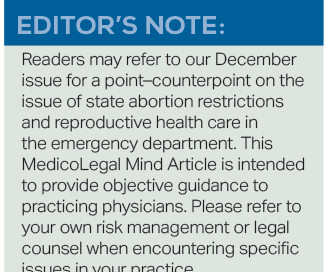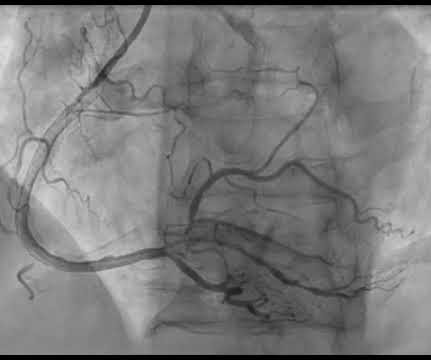Post-Tonsillectomy Hemorrhage: A Three-Pronged Approach
ACEP Now
JANUARY 5, 2025
Its 4 a.m., and youre three hours from the nearest tertiary care center. A young woman, 13 days post-tonsillectomy, comes into your rural emergency department (ED) coughing up blood. On exam, you see bright red blood trickling down her left tonsillar fossa. Her vital signs are normal, except for a heart rate of 115 bpm. Its going to take time to get her to a tertiary center.
















Let's personalize your content